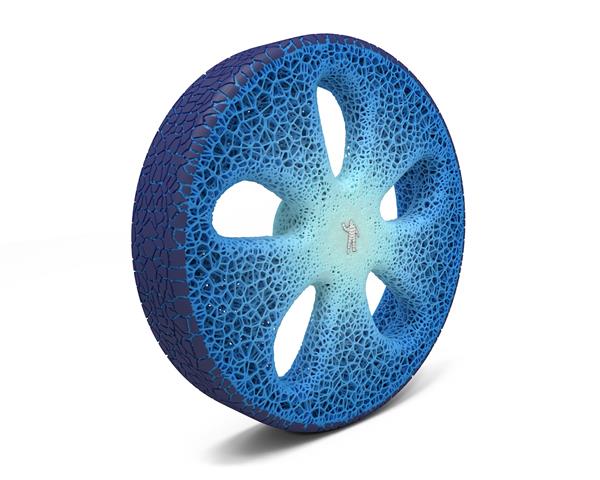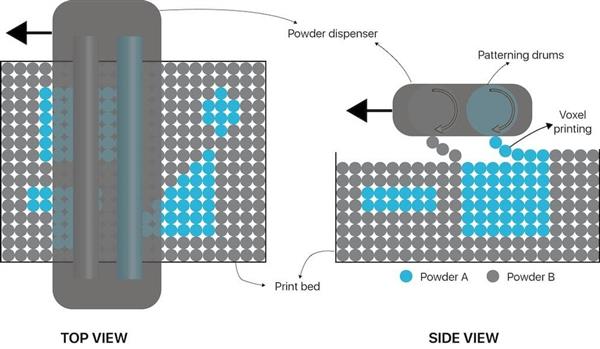Engineers at 3D printing company Aerosint has recently published an article outlining the company’s ideas about the future of multi-material 3D printing. As we reported back in January, the Belgian SLS expert has experimented with developing multi-material 3D printers, and the further development of this technology could have a transformational effect on the manufacturing world.

Multi-material 3D printing is important for the future of additive manufacturing technology and the companies that develop it, as the majority of products tend to be made from more than one material. Until it becomes easier to 3D print different materials simultaneously with the same system, the large-scale production applications of the technology will remain limited to things like reverse-engineered replacements for obsolete components.
Multi-material 3D printing is currently difficult to achieve in terms of scalability as well as affordability. One of the most common ways to 3D print multiple materials is as composite materials. Composites are effectively two different materials, joined together in one way or another. This gives them a combination of the properties of both materials, like high thermal resistance and mechanical strength, for example. Metal alloys or fiber-reinforced polymers are good examples of this composite material.

Arguably the best type of composite, referred to by the Aerosint article as the "holy grail" of the composites world, is the Functionally Graded Material (FGM). Instead of the usual case of a reinforcing material being distributed throughout a base material, FGMs are composed of two or more materials with a graduated interface in between each, smoothly transitioning from one to the other. This provides a better distribution of mechanical, thermal and chemical stresses when compared to the concentration of these at a distinct boundary between two materials, which would cause weaknesses.
FGMs are most useful in extreme environments with extraordinarily high thermal, mechanical, and/or chemical stresses where a single-material part would inevitably fail. In an FGM the mechanical, thermal, or chemical advantages of each material effectively cancel out the disadvantages of the other.
Most 3D printing techniques are capable of creating FGMs, in one way or another. FDM 3D printing technology can fuse together different polymers in a multi-extrusion system. Demonstrating the possibilities of this approach, Michelin recently combined different polymers to produce an advanced concept tire, which had extraordinarily varied elasticities throughout its structure. This method is still limited, however, in terms of scale and speed. The demands of large-scale manufacturing mean that FDM is still restricted to producing prototypes.
A more advanced 3D printing technique, Direct Metal Deposition (DMD), can produce metal-metal and metal-ceramic FGM composites with a near-continuous gradient. The disadvantages of this method are that it is prohibitively expensive and time-consuming. The technology itself costs a lot to buy and maintain, and each part must be made one at a time. Material waste is another serious issue preventing DMD being implemented more, with wastage rates of around 70 percent.

In the future, probably the most likely candidate for effective, scalable, affordable production of FGM parts would be SLS or SLM 3D printing technology. These powder bed techniques are fast, relatively affordable, and capable of producing batches of varying sizes. However, a way for them to fabricate FGM composites consistently on a large scale hasn’t yet been proven. The key to creating FGM composites using powder bed fusion techniques would be a multi-powder deposition system in combination with bi-material co-sintering, offering voxel-level control over the printing process. Aerosint is in the process of developing something along these lines, and has so far achieved two-powder deposition. Theoretically, the number of materials is limitless, and the powders could be polymer, metal, or ceramic, as long as the flowability and particle size distribution are compatible with the SLS process.
If the integration of multi-material composites in 3D printing were to be achieved, it could mean a huge expansion of the possibilities for additive manufacturing. Every manufacturing sector would benefit from a new generation of affordable parts with elaborate geometries and advanced material properties, being produced quickly, on-demand.

